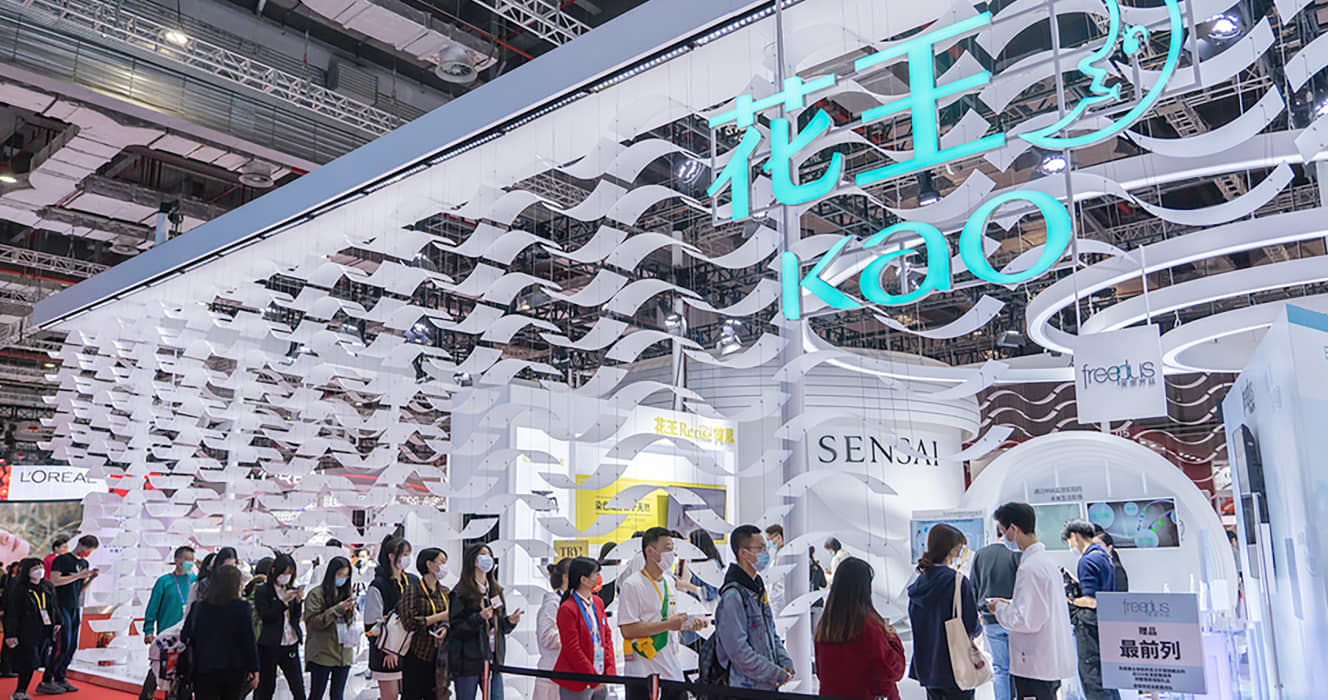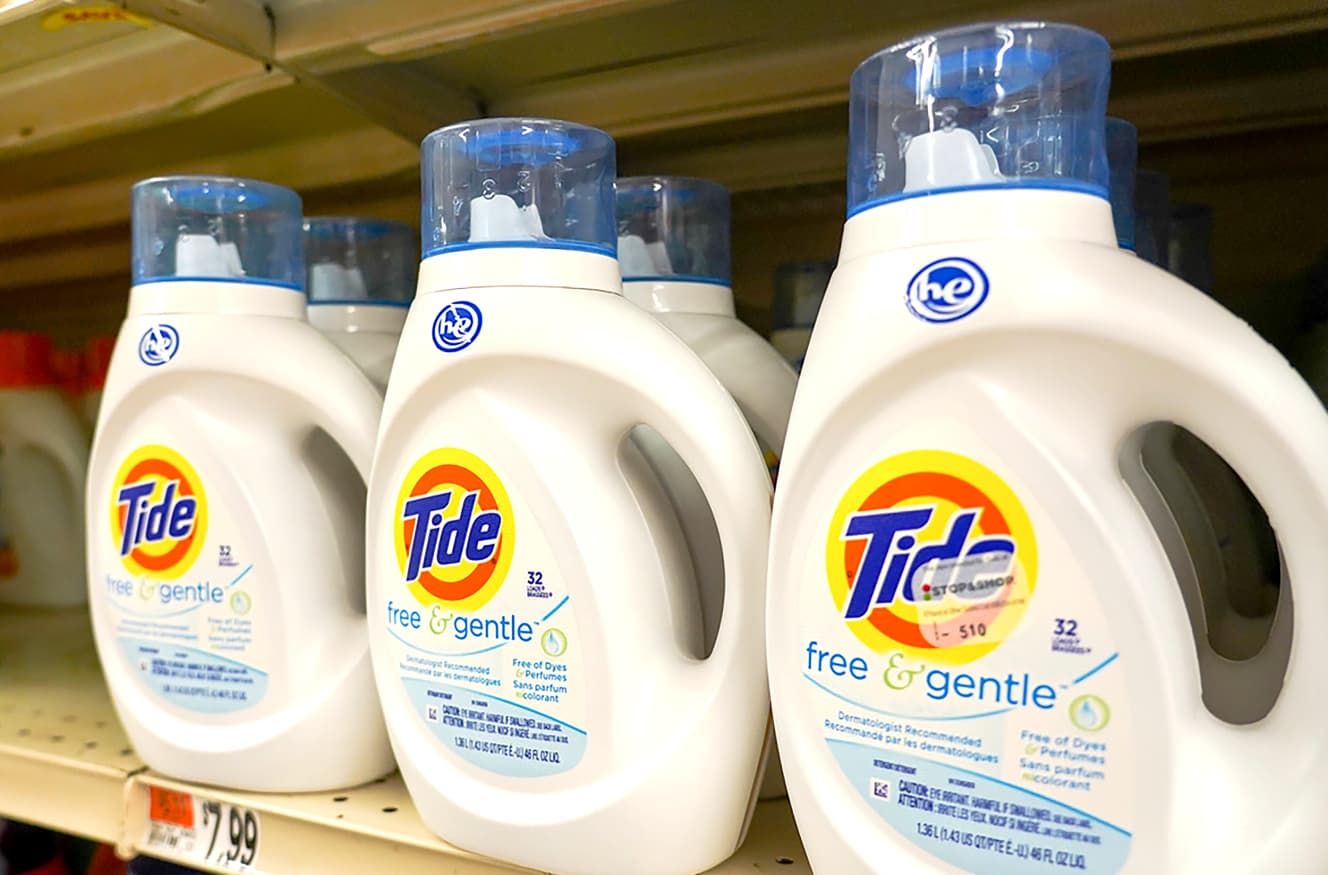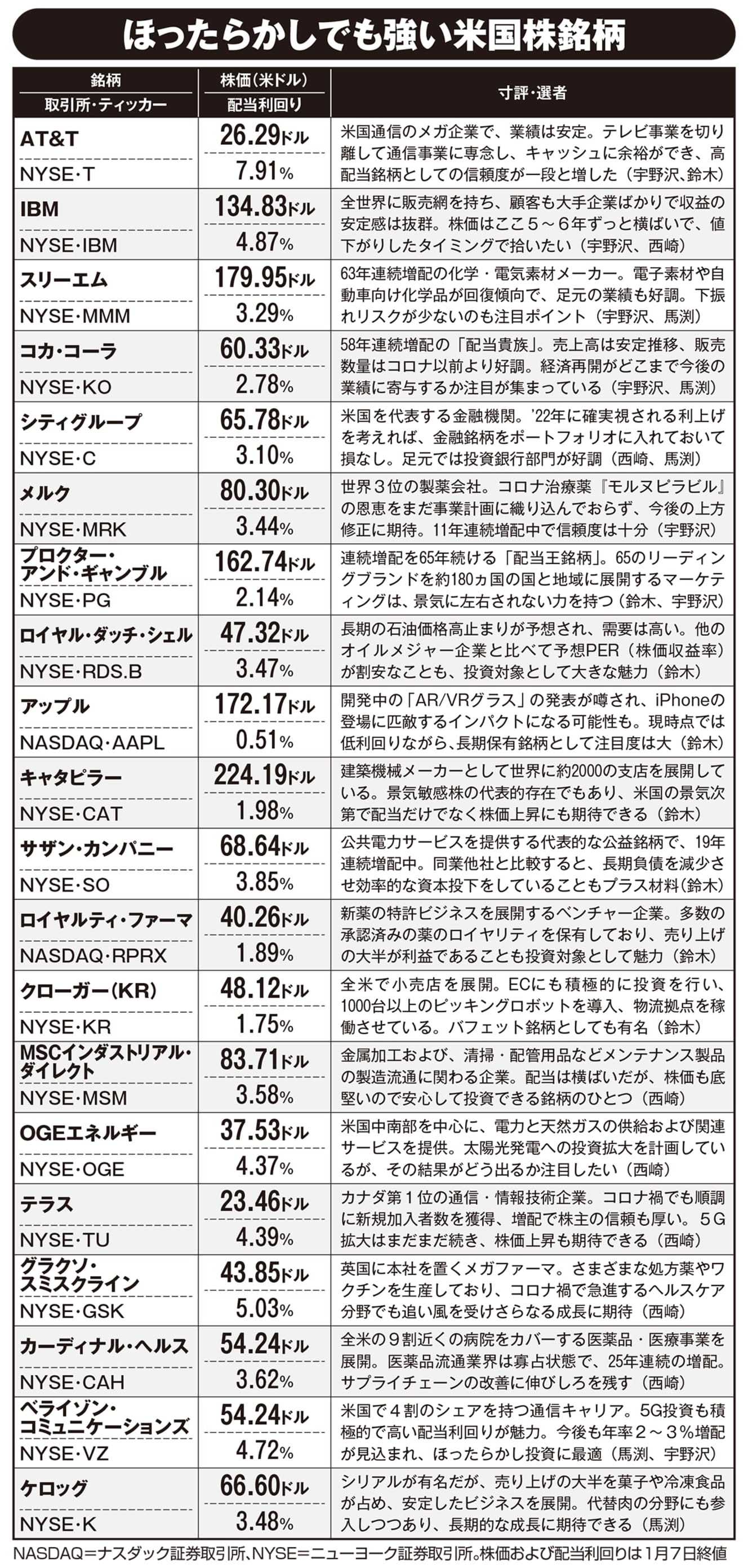The Best Stocks in Japan and the U.S. for Beginners
Earn easy money with dividend yield! Japan: ORIX, a very popular company that also offers special benefits to its shareholders; Kao, a company that is performing extremely well; Procter & Gamble, which has increased its dividend for 65 consecutive years; Kellogg's, famous for its breakfast cereal; and others.

The Covid-19 disaster, which lasted about two years, has created an unprecedented “investment boom”. Investments in crypto-assets such as Bitcoin and NFTs (non-substitutable tokens) have heated up, and more and more working-age people are trying to convert their cash into financial assets to fund their retirement or retire early.
Money from all over the world is also pouring into stock investments, which can be called the “royal road to investment. At the same time, however, even investment professionals are finding it difficult to make a profit in the short term.
Mariko Mabuchi, an economic analyst, said.
In 2010, the U.S. is expected to raise interest rates at an early stage, and there is a high possibility that the market will be highly volatile. Gathering detailed information as if you were poking around in a box may not lead to immediate results.
Since the beginning of this year, the spread of Covid-19 infection has been rapid in Japan. This year, the spread of coronary infections has been rapid in Japan, and the Nikkei Stock Average has been dragged down by it. In such a situation, a stock investment method that even a beginner can practice “comfortably and with ease” is the “hodgepodge investment” that earns a steady stream of money by earning “dividend yields” on stocks.
If a company is increasing its dividend every year, it is a sign that it is steadily increasing its profits. If you are a company employee who is too busy to check the market every day, or if you don’t want to be swayed by the minute price movements of stocks, I recommend that you invest in stocks based on the dividend yield (income gain) rather than the capital gain, and earn money in anticipation of the next five to ten years. (Hisayoshi Watanabe, a stock critic).
Generally speaking, stocks with relatively high dividends per share and whose performance and stock price are not affected by the economy are suitable for the “leaving-it-alone” investment. Let’s take a look at Japanese stocks to see what kind of stocks are suitable.
In the case of Japanese stocks, Kao is known as a “dividend aristocrat” stock with 31 consecutive years of dividend increases. The current dividend is 140 yen per share. Assuming that this level will be maintained for 10 years, a simple calculation would yield 140,000 yen in dividends if you own 100 shares. Also, NYK’s annual dividend forecast of 800 yen for the current fiscal year is attracting a lot of attention, and if the dividend is maintained for 10 years, it will amount to 800,000 yen,” said Mr. Mabuchi.
Kao is attracting attention from investors around the world as a Japanese company with high added value. Hideki Wajima, an economic journalist, continues.
Mr. Hideki Wajima, an economic journalist, continues, “Kao was a pioneer in proposing the use of jagged tactile symbols on containers to help blind people distinguish between shampoo and conditioner. Kao has also set a goal to fully recycle plastic containers for detergents and other products. It has been recognized in the global ESG and SDG investment boom.
Like Kao, Orix is one of the leading stocks in the “hotchpotch” investment market, and while the success of the Orix Buffaloes in winning the league championship for the first time in 25 years is still fresh in the minds of many, the owner company has the advantage of high profits from diversified businesses including leasing, life insurance, and real estate. Mr. Wajima explains.
The company is also famous for its excellent shareholder benefits, and is characterized by its high growth potential among high dividend stocks. In the fiscal year ended March 2009, when Covid-19 hit, the company temporarily increased its dividend payout ratio (the ratio of dividends to net income) from 20-30% to 50%. Making such a decision at a time when the company is struggling is evidence that the company is managing its business with its shareholders in mind, which is reassuring for shareholders who want to hold the company for the long term.
Focus on Covid-related stocks
Shigeki Unozawa, a securities analyst, has the following advice on how to identify companies that are suitable for long-term investment.
Basically, the ideal company is one whose earnings are rising steadily and which is strong enough not to cut its dividend even if it is in a bit of trouble. In addition, companies that have been in business for a long time are also suitable for long-term investment because they have accumulated internal reserves and can make various management decisions.
As for Japanese stocks, I recommend Fuyo General Lease, a Mizuho-affiliated company. Its earnings are solid, it is profitable even with the Covid-19 disaster, and it is active in ESG initiatives such as the solar power generation business, and it is highly rated by institutional investors. In addition, Tokio Marine Holdings has a solid stock price and a five-year average dividend payout ratio of 40% or more, indicating a high level of awareness of shareholder returns.
Next, what about U.S. stocks, which are rapidly gaining the attention of Japanese investors? U.S. stocks are attracting more individual investors who are looking for income gains through long-term investments than Japanese stocks, and companies tend to respond to their shareholders by increasing dividends. This makes the U.S. the perfect market for a “leave it to chance” investment in individual stocks.
Procter & Gamble (P&G) is the “legend” of consecutive dividend increases. P&G is a global manufacturer of daily necessities known in Japan for brands such as Fabreeze deodorant and Ariel laundry detergent, and it has raised its dividend for 65 consecutive years.
Rintaro Suzuki, an investor and writer on U.S. stocks, says, “P&G’s strength is overwhelming.
P&G’s strength is its overwhelming marketing reach, with 65 brands in the top three in market share in about 180 countries and regions. Because it is a mega-company, the dividend yield is not extremely high, but it is a good long-term investment as a stock that is not affected by the economy.
As for U.S. stocks, although corporate growth and stock price increases are not expected to be that great, there are many stocks with high dividend yields at present. Mr. Suzuki continues.
One example of a high dividend stock is AT&T, one of the world’s largest telecommunications companies. Although its growth potential is slowing down, it is still an oligopoly because of the huge amount of money needed for infrastructure investment. By spinning off its subsidiary WarnerMedia, the company is expected to improve its management efficiency.
AT&T has raised its dividend for 36 consecutive years, followed by IT giant IBM, which has raised its dividend for 26 consecutive years. IBM, the IT giant, has raised its dividend for 26 consecutive years.
IBM provides services in a myriad of fields, not limited to computers, and presents a variety of products to the world as a kind of ‘research institute’ rather than a company. The company is scaling back unprofitable hardware-related businesses to improve business efficiency, and it can be said that there is still room to increase dividends.
Covid-related stocks are the ones to keep an eye on in the medium to long term. In 2010, we are expected to enter a phase of transition from vaccine to oral drug development, but the demand for vaccines and oral drugs will not be interrupted in a few years. It is also reassuring to note that many of the megapharmaceutical companies are strong in nature.
Merck, the world’s third-largest pharmaceutical company, has been in the news for its production of the coronary drug Mornupiravir. Merck has not yet factored this benefit into its business plan and is expected to revise it upward once the drug is approved in countries around the world.
What about U.S. stocks, which are focusing on the SDGs, which are also attracting a lot of attention among Japanese stocks? What about U.S. stocks that are focusing on the SDGs, which are also attracting attention in Japan?
Kellogg’s, famous for its breakfast cereal, is a company to watch. The majority of its sales are not from cereals, but from snacks and frozen foods, and it is developing a stable business. In recent years, the company has also been entering the plant-based ‘meat substitute’ market, which could become a long-term growth driver.
There is no difference in the theory of “leave it to chance” investing in Japanese and U.S. stocks. Buy stable stocks and wait for them to “earn” their dividends. That’s it.





From the January 28, 2022 issue of FRIDAY
PHOTO: Kyodo News

